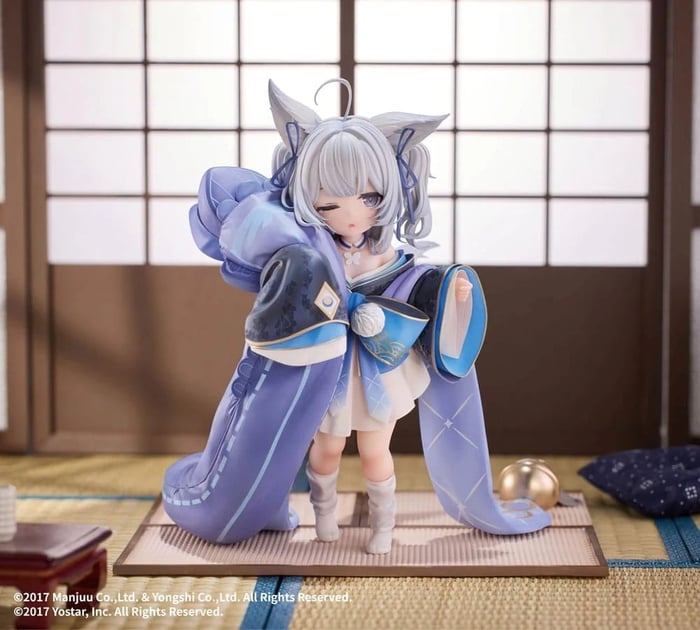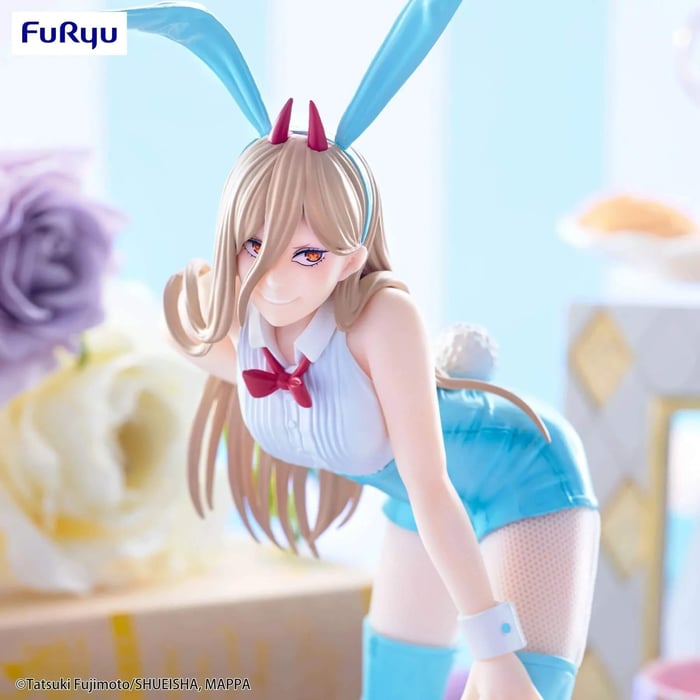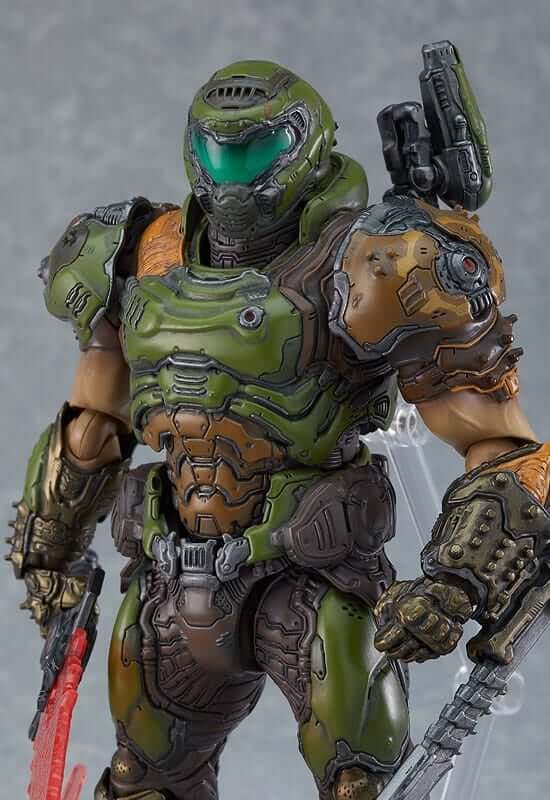If you're a collector or just starting your geek memorabilia journey, understanding the difference between statues and figures is important. The main difference is that figures have movable joints and are made for posing or play, while statues are fixed in one pose and designed as detailed display pieces. This distinction affects how you interact with your collectibles and where you might want to show them.
Statues often use higher-quality materials and focus on intricate details, making them heavier and more valuable over time. Figures, on the other hand, tend to be lighter, more affordable, and focused on flexibility and fun. Knowing these key points helps you decide which type fits your collection style and display space best.
Both offer unique benefits depending on what you want—from dynamic setups with figures to museum-like displays with statues. Understanding these differences will guide your choices and enhance your collecting experience.
Key Takeaways
- Statues are detailed and fixed, meant for display only.
- Figures are articulated and designed for posing or play.
- Your choice depends on how you want to interact with and show your collectibles.
Defining Geek Memorabilia Statues and Figures
When collecting geek memorabilia, understanding the differences between statues and figures helps you choose pieces that fit your collection style. Both serve distinct roles and offer varied display and play options. Knowing what sets them apart will guide your decisions about what to buy or invest in.
What Are Statues in Collecting?
Statues are designed primarily as display art pieces. They usually show a character in a fixed pose and have no moving parts, although some may offer interchangeable heads or accessories.
You’ll find statues made from durable materials like resin or polystone, which give them weight and fine details. These materials also allow for sharp sculpting and intricate paintwork.
Statues aim to capture the essence of a character more than provide interaction. They are best kept out of their packaging and displayed openly to highlight their artistic value.
What Is Considered a Collectible Figure?
Collectible figures include items made for display, but often with points of articulation, allowing you to pose and adjust limbs, heads, or weapons.
These figures usually come in plastic and are lighter than statues. They are built to balance detail with some degree of playability, even if you never intend to re-pose them.
You will see figures aiming to replicate characters accurately while offering some flexibility. This makes them popular for both collectors and fans who enjoy dynamic displays.
Silent Hill 2 Red Pyramid Thing Limited Edition Statue

£119.99
Only those without fear choose to stand in the face of the Red Pyramid Thing! Dragged forth from the sinister world of Silent Hill 2, he stands upon a themed floorboard base at 11.6 "(29.5 cm) with a spear in… read more
How Figurines, Figurine Toys, and Action Figures Fit In
Figurines are smaller collectibles, generally non-posable and made for static display like miniatures. Think of them as compact statues.
Figurine toys can be similar but are often less detailed and intended more for casual enjoyment or children’s play than serious collecting.
Action figures are a subcategory of collectible figures focused on articulation and functionality. They often come with accessories and are made to encourage interaction, such as posing or role-playing.
Here’s a simple breakdown:
| Type | Articulation | Size | Main Use | Material |
|---|---|---|---|---|
| Statue | None | Medium to large | Display and admiration | Resin, polystone |
| Collectible Figure | Some | Medium | Display with posing | Plastic |
| Figurine | None | Small | Display | Plastic |
| Figurine Toy | None | Small | Play or casual display | Plastic |
| Action Figure | Many | Medium | Play and posing | Plastic |
Understanding these can help you better organise your collection and decide how you want to engage with your pieces.
Core Differences Between Statues and Figures
You will notice that statues and figures differ mainly in how they are made, how they move, and how they are meant to be displayed. These differences affect their feel, value, and how you might use them in your collection or display.
Poseability and Articulation
Figures, especially action figures, are built with joints that let you move parts like arms, legs, and heads. This means you can change their poses to match scenes or actions. You control their stance and expression, making them interactive.
Statues do not have movable parts. They are fixed in one pose, carefully sculpted to capture a specific moment or emotion. This lack of articulation means statues focus on a static, detailed presentation.
If you want a collectable that you can pose and play with, a figure is better. If you prefer a display piece meant for admiration without adjustment, a statue fits well.
Material and Construction
Figures often use plastic or vinyl, which is lighter and allows for durable joints. This makes them more suited to handling and repositioning.
Statues are usually made from heavier materials like resin casting or poly stone. These materials allow for sharper detail and a more solid feel. The craftsmanship focuses on fine textures and paintwork.
Because of these materials, statues often look more like small sculptures. Figures prioritise flexibility over fine detail, trading some realism for durability and movement.
Function and Display Intent
Figures are designed for dynamic display. You can show them in various poses, making them a more playful or storytelling element in your collection.
Statues are made to be static showpieces. You place them as centrepieces or in a protected spot to appreciate the detailed artwork. They often capture iconic or dramatic moments in a single, lasting pose.
Your choice depends on whether you want a flexible item for interaction or a detailed object for focused display. Figures invite engagement; statues demand attention.
Materials and Manufacturing Processes
You will find that statues and figures use different materials and methods. These affect their weight, detail, and durability. Understanding these differences will help you choose or appreciate each type better.
Common Materials: Resin, Polystone, and Plastics
Statues often use resin and polystone. Resin is a durable plastic that captures fine details, making it popular for high-quality statues. Polystone is a mix of resin and powdered stone. It gives statues a heavier feel and a more solid, stone-like finish.
Figures are usually made from plastics like PVC (polyvinyl chloride) or polystyrene. These materials are lighter and more flexible than polystone or resin. This makes figures easier to pose and less prone to breaking when handled.
Statues tend to be heavier and are designed for display without moving parts. Figures, on the other hand, are often made to be handled and sometimes articulated, which means different materials suit each type.
The Role of Resin Casting in Statues
Resin casting is a key process in making statues. You begin by creating a detailed mould of the original sculpture. Resin is then poured into this mould to form the statue’s shape.
This method lets manufacturers capture tiny details on the statue's surface, like textures or facial expressions. After the resin cures and hardens, artists can paint it with precision.
Because resin is brittle, statues made this way should be handled with care. The process produces collectibles with a high level of craftsmanship, which adds value for collectors.
PVC and Other Materials in Figures
Figures are made of materials like PVC because it is flexible and durable. PVC allows for moulding detailed shapes while resisting damage from drops or bends.
Unlike resin statues, figures can have moving joints or parts. This is possible because plastics like PVC can flex without breaking.
You’ll also find polystyrene used in figures, especially where sharp details are needed but less flexibility is required. This plastic is lighter and easier to produce in large quantities, making figures more affordable.
The choice of plastic affects not only weight and durability but also how easy it is to paint or customise your figure.
Scale and Size Variations
Understanding the differences in scale and size will help you choose between statues and figures that fit your collection and display space. Size affects detail, value, and how pieces relate to each other. Knowing common scales will guide your decisions.
Typical Scales for Statues
Statues usually come in larger and more detailed scales.
Common sizes include:
- 1:4 scale – These are large statues, often over 40cm tall. They show fine detail and work well as centrepieces.
- 1:6 scale – Slightly smaller, around 30cm tall. This scale balances display space and detail.
- 1:12 scale – Much smaller, typically 15cm tall, popular for collectors with limited space.
You will find 1:4 and 1:6 more common for high-end statues due to their size and fine sculpting. These sizes give you more realistic proportions and allow for richer textures and paintwork.
Popular Figure Scales in Collecting
Action figures focus on smaller, standardised scales for easy handling and play.
Popular scales are:
- 1:6 scale – Often called "12-inch figures," these offer good detail and articulation.
- 1:12 scale – Around 6 inches tall, this scale is widely used for toy-grade figures and allows easy mixing across brands.
- Smaller scales like 1:18 or 1:24 – Less common for action figures but seen in some specialised lines.
In figures, scale is less about size accuracy and more about playability and pose options. Figures are usually manufactured to similar sizes, even if the real-life subject sizes vary.
Collecting by Size: Space and Display Considerations
You need to think about how much space your collection will take.
Larger statues (1:4 or 1:6) require dedicated display shelves or cases. They can be centrepieces but are harder to store.
Smaller figures (1:12 scale or less) fit on standard shelves and allow large collections to be displayed together. You can mix and match various lines more easily.
Keep in mind that statues are often heavier and less poseable. Figures are lighter, easier to reposition, and sometimes come with accessories that demand extra room.
Using display risers or custom cases can help organise different sizes and scales efficiently.
Cost, Rarity, and Value in the Collectables Market
Understanding the differences in price and rarity between geek memorabilia statues and figures helps you make better choices. Value depends on several factors such as production numbers, condition, and brand reputation. These points affect how much you should expect to pay and the potential worth over time.
Price Differences Between Statues and Figures
Statues typically cost more than action figures because they are larger and made from higher-quality materials like resin. You’ll find statues often priced from £50 to several hundred pounds. Figures, especially mass-produced ones like those from Hasbro, usually cost less, often between £10 and £40.
Statues are often detailed, limited editions, which raises their price. Figures tend to be more affordable and designed for playability or display with moving parts. Your budget and intended use will affect whether a statue or figure is a better buy.
Factors Influencing Rarity and Collectable Value
Rarity is a key factor in value. Limited production runs, discontinued lines, or exclusive releases increase rarity. If your statue or figure was part of a small batch or a convention exclusive, it is likely to be more valuable.
Condition matters too. Items in mint condition with original packaging keep their value better. Market demand shifts with trends and nostalgia, which means certain characters or series might spike in worth over time.
Brands, Limited Editions, and Authenticity
Your collectibles’ brand strongly affects value. Well-known companies like Hasbro have mass-market figures that are affordable but less rare. Statues from boutique brands or artists that produce limited editions carry higher value due to exclusivity.
Look for authenticity markers like certificates or official branding, such as the ones you can acquire from Just Geek. Limited editions usually come with numbers showing their place in the series. These details can increase your item’s worth and trustworthiness on the collectors’ market.
| Aspect | Statues | Figures |
|---|---|---|
| Typical Price Range | £50 - £300+ | £10 - £40 |
| Production Size | Limited editions | Often mass-produced |
| Material | Resin, polystone | Plastic |
| Detail Level | High | Moderate |
| Brand Influence | Boutique / exclusive creators | Mass market (e.g., Hasbro) |
Choosing the Right Type for Your Collection
Deciding between statues and action figures depends on how you plan to show and keep your items. You should think about your space, how you like your items to look, and what purpose your collection serves.
Display and Storage Preferences
If you want your memorabilia to stand out as art pieces, statues often work best. They usually have more detail and a fixed pose, which makes them ideal for display on shelves or in cabinets. Statues can be larger and heavier, so you need sturdy space and careful dusting.
Action figures are smaller and usually come with movable parts. This makes them easier to pose and change, but also means they may look less detailed. They are simpler to store in boxes or cases if you have limited space.
You should consider whether you want to display items openly or keep them protected. Some collectors use glass display cases for statues and action figures to avoid damage and dust.
Personal Appeal and Collecting Goals
Think about why you collect. If you focus on the artistic value and want your pieces to feel like centrepieces, statues are often the better choice. They tend to celebrate characters in a dramatic or realistic way.
If you prefer interactive collectibles, or want to recreate scenes, action figures give you more flexibility. They often come with accessories and interchangeable parts, letting you customise displays.
Also, consider your budget. Statues can be more expensive because of size and craftsmanship, while action figures are normally more affordable and easier to find.
| Factor | Statues | Action Figures |
|---|---|---|
| Size | Larger, heavier | Smaller, lighter |
| Detail | High, fixed pose | Moderate, poseable |
| Display | Best for open shelves | Flexible poses, good for scenes |
| Storage | Needs space, careful dusting | Easier to store in cases |
| Interaction | Limited | High, movable parts |
| Price | Usually higher | Generally lower |
Frequently Asked Questions
You will find differences in how figures and statues look, what they are made from, and how they are made. Their size, durability, and value also vary based on these factors.
What distinguishes a figure from a statue in collectable items?
Figures are usually poseable and may have movable joints, allowing you to change their poses. Statues, however, are fixed in one pose with no moving parts and focus on detailed sculpting.
Is there a notable difference in materials used in the production of statues and figures?
Statues often use resin or polystone to capture fine details. Figures are usually made from plastic like PVC or ABS to allow for flexibility and movement.
How does the creation process vary between collectable figures and statues?
Statues are sculpted by artists and then cast, often with a focus on craftsmanship. Figures are mass-produced with moulded parts designed for assembly and articulation.
What are the typical size ranges for statues and figures in memorabilia collections?
Figures commonly range from 3 to 12 inches tall. Statues can be larger, sometimes over 12 inches, to show more detail and presence.
Can you explain the difference in durability between figures and statues?
Figures, made from flexible plastic, can handle some play and movement but may wear out over time. Statues tend to be more fragile due to their hard materials and delicate paint.
What impacts the resale value of collectable statues versus figures?
Resale value for statues often depends on the artist, rarity, and detail. Figures can hold value if rare, but they are usually less likely to increase significantly in price.























